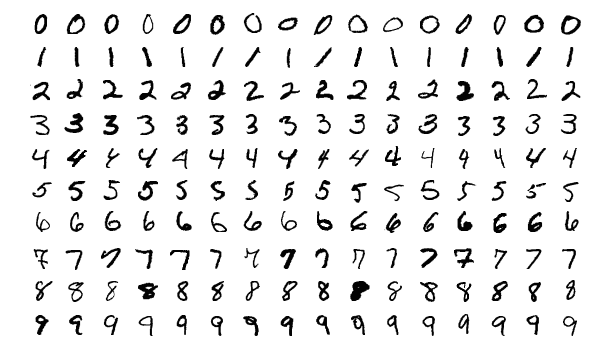Decision Tree from scratch
Alexey Novakov published on
5 min, 817 words
Cropped view of one the region in the middle of the tree we will build further

Decision Tree classifier is one the simplest algorithm to implement from scratch. One of the benefit of this algorithm is it can be trained without spending too much efforst on data preparation and it is fast comparing to more complex algorithms like Neural Networks. In this blog post we are going to implement CART algorithm, which stands for Classification and Regression trees. There are many other algorithms in decision trees space, but we will not describe them in this blog post.
Data science practitioners often use decision tree algorithms to compare their performance with more advanced algorithms. Although decision tree is fast to train, its accuracy metric usually lower than accuracy on the other algorithms like deep feed forward networks or something more advanced using the same dataset. However, you do not always need high accuracy value, so using CART and other decision tree ensemble algorithms may be enough for solving particular problem.
Read MoreCategories: scala
Tags: machine learning algorithms



